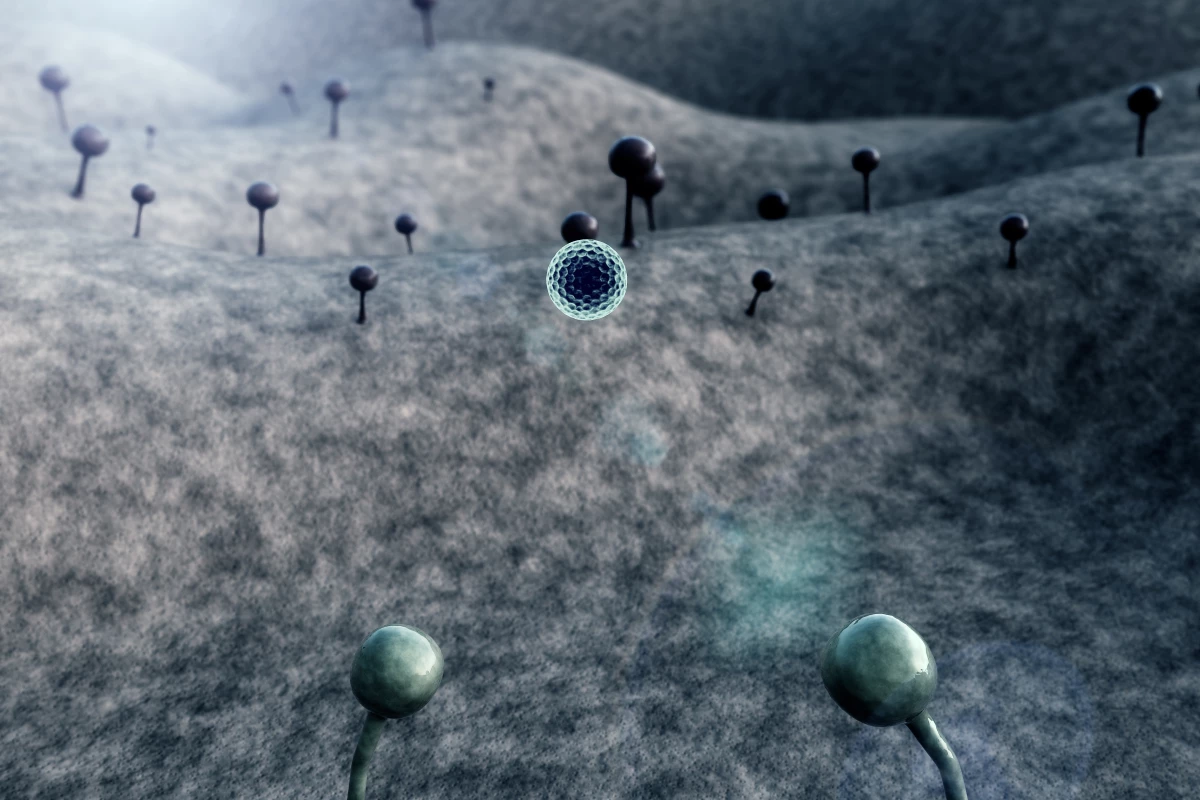A pair of newly published studies have reported novel links between fungal microorganisms and cancer. The research reports different types of tumors seem to harbor unique fungal populations, raising the possibility of new ways to diagnose and treat cancer.
There are trillions of microorganisms living inside us. The majority of those microbes are bacterial species but various types of fungi and viruses also make a home in our bodies.
Different parts of our body harbor different populations of microbes, and recently scientists have discovered tumors also carry their own unique microbial compositions. Initially, researchers chronicled the different types of bacteria residing within tumors, known as the tumor microbiome.
Now researchers have discovered, and started to catalog, the fungal populations of different tumors, or cancer mycobiomes. Rob Knight, from UC San Diego School of Medicine, said it was a surprise to find fungi populations inside tumors as there previously had been little evidence of this occurring.
“It is surprising because we don’t know how fungi could get into tumors throughout the body,” said Knight. “But it is also expected because it fits the pattern of healthy microbiomes throughout the body, including the gut, mouth and skin, where bacteria and fungi interact as part of a complex community.”
Knight’s study was a massive international collaboration looking to characterize 35 different cancer mycobiomes. The researchers analyzed over 17,000 tissue and blood samples and found different types of cancer presented unique compositions of fungi.
Ravid Straussman, co-corresponding author on the study with Knight, had previously studied bacterial communities within tumors. A 2017 study he co-authored was one of the first to conclusively show how bacteria living inside a tumor can affect its response to chemotherapy. He now suggests the discovery of fungal communities within tumors affirms the crucial need to better understand these cancer microbial populations.
“The finding that fungi are commonly present in human tumors should drive us to better explore their potential effects and re-examine almost everything we know about cancer through a ‘microbiome lens,’” said Ravid Straussman, from the Weizmann Institute of Science.
(1/4) Did you know that there are bacteria in human tumors? Well, this is old news now 😊. Our new study, featured on the cover of @CellCellPress, shows that human tumors contain fungi as well and that tumor fungi matter! (Cover by @munafomarzia) https://t.co/gQA3olwSpO pic.twitter.com/MD3TeDwgxB
— Straussman_Lab (@StraussmanR) September 29, 2022
Another study, published concurrently alongside Knight and Straussman’s work but from a different team of researchers, zoomed in on the presence of certain fungal species in several common cancers. The goal here was to investigate whether there was a link between fungal communities and cancer severity or patient survival.
The study, led by Iliyan Iliev from Weill Cornell Medicine, identified a number of links between between specific fungal species and cancer. For example, a fungal genus known as Blastomyces was found to be particularly abundant in lung tumors, whereas the fungus Malassezia was prominently found in breast cancers.
Particularly interesting was the relationship between gastrointestinal tumors and common Candida fungal species. High levels of live Candida fungus in these colorectal tumors were found to correlate with greater rates of metastasis.
Not only that, but DNA traces from the same types of Candida species found inside gastrointestinal tumors were also detected in circulating blood samples. Co-author on the study, Steven Lipkin, speculated there may be potential for blood tests to be used to help evaluate the risk of certain cancers. Maybe traces of certain fungal DNA in a patient's bloodstream could be a sign of cancer spreading from its primary site?
“These data are exciting because they lay the foundation for simple, inexpensive tests for Candida DNA that can more precisely delineate prognosis for gastrointestinal cancers, and augment standard tumor DNA biopsies to enable early detection of these cancers before other signs are present,” explained Lipkin.
While these new studies do indicate a possible link between cancer severity and fungal populations they are unable to offer clues as to whether fungi can directly cause tumor growth. It’s entirely possible that certain tumor environments simply offer optimal conditions for certain types of fungus to thrive.
Iliev said further work is planned to investigate these exact questions. However, even in the absence of a causal relationship, understanding the fungal fingerprint of specific cancers could be an extraordinarily valuable diagnostic tool.
“It’s plausible that some of these fungi are promoting tumor progression and metastasis, but even if they aren’t, they could be very valuable as prognostic indicators,” he added.
The UC San Diego and the Weill Cornell Medicine studies were published in the journal Cell.
Sources: UC San Diego, Weill Cornell Medicine




